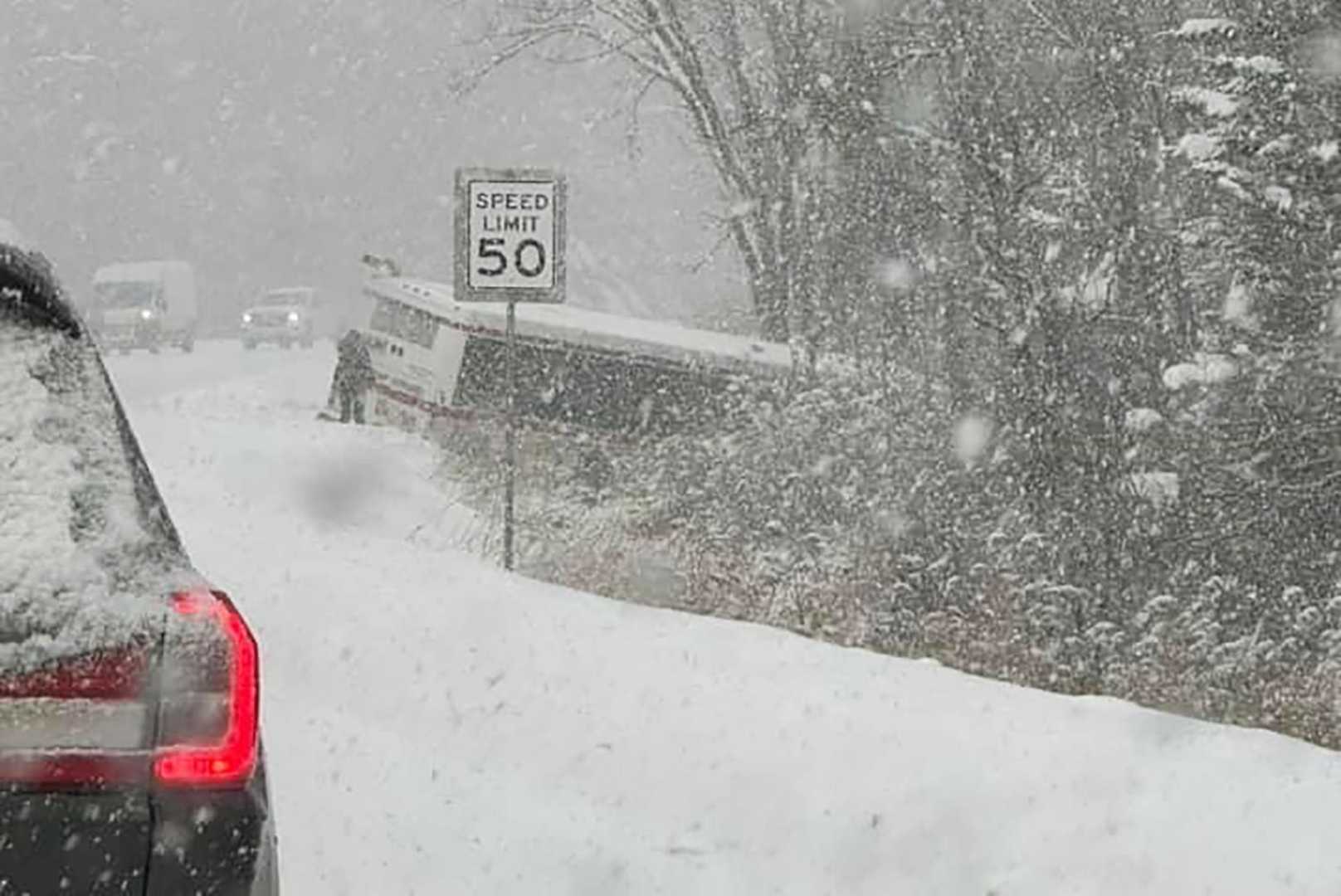News
Heavy Snowfall Forecasted for Central Regions Threatens Travel Safety

SAINT CLOUD, MN, USA – Residents in parts of the Midwest are advised to prepare for significant snowfall as the National Weather Service (NWS) has issued warnings for hazardous travel conditions. This weather event is expected to impact local communities and holiday travel plans.
The NWS forecasts that areas in Alaska and certain regions across the Midwest could receive heavy snow, raising concerns about potential vehicle accidents and exposure-related incidents. Todd Krause, a Warning Coordination Meteorologist, emphasized the importance of being aware of winter storm watches and warnings.
“Being informed about weather alerts allows individuals to alter their travel plans accordingly,” Krause stated. “A winter storm watch may be issued 12 to 72 hours in advance, indicating the likelihood of severe weather but not its certainty.”
In the past 12 hours, the NWS has issued various winter storm warnings. The agency warns that travel could become life-threatening and advises residents to delay non-essential travel. The NWS website notes, “Travel will become difficult or impossible in some areas. Please adjust your plans accordingly.”
As heavy snow accumulates, visibility may be significantly reduced due to blowing snow and low temperatures. Areas in mountainous regions could face rapidly changing conditions. The NWS recommends keeping emergency supplies such as food, water, and flashlights in vehicles for safety if travel is necessary.
Drivers are advised to familiarize themselves with current road conditions by checking local advisories. The NWS has also noted that winter’s icy grip results in thousands of weather-related fatalities and injuries each year, reinforcing the need for preparedness.
“If you must travel, maintain caution on icy roads and avoid areas with downed power lines,” the NWS advises.
The winter storm warnings are critical updates residents should monitor as conditions evolve. The NWS continues to provide up-to-date information on this weather situation, keeping public safety at the forefront.












